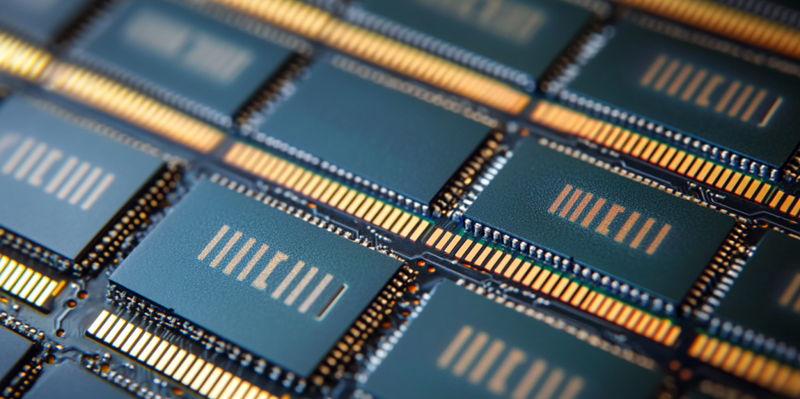In a major milestone that underscores its technological prowess, SK Hynix has started mass production of an innovative 321-layer, 1Tb TLC 4D NAND flash memory module, marking a significant breakthrough after surpassing the 300-layer mark earlier this year. This achievement gives SK Hynix an upper hand in the competitive memory market, allowing it to vie more effectively with industry giants such as Micron and Samsung. The new 321-layer NAND module is designed to cater to the increasing data storage requirements fueled by the expanding AI market and other data-intensive applications.
The key to SK Hynix’s success lies in its revolutionary "three plugs" process, which employs low-stress materials coupled with electronically connected plugs. This method is essential as it prevents wafer warping and ensures automatic alignment among the plugs, which is pivotal for maintaining the integrity and performance of the NAND module. The advancement towards embedding more NAND memory layers signifies a notable shift in the industry, aimed at augmenting storage capacity without enlarging the module’s dimensions, a crucial factor for applications where space is at a premium, such as in high-density servers.
Experts in the industry have begun speculating that future developments might lead to NAND memory modules featuring up to 1,000 layers within the next few years. However, SK Hynix has distinguished itself as the first company to break the 300-layer threshold, pushing the boundaries from its earlier feat of a 238-layer, 512Gb module to the current 1Tb module. According to reports from TrendForce, SK Hynix’s 321-layer NAND module is estimated to boost productivity by an impressive 59% compared to its 238-layer predecessor, all while utilizing the same developmental platform. This productivity gain underscores the efficiency and prowess of SK Hynix’s technological advancements.
Further elevating its NAND potential, SK Hynix is working on a 400-layer design, expected to commence production by 2026. Although specific details regarding this future development remain under wraps, the company’s continued efforts indicate a commitment to pushing the boundaries of memory technology. Meanwhile, SK Hynix remains focused on enhancing its NAND offerings alongside its dynamic DRAM business, particularly its High Bandwidth Memory (HBM) venture. This latest achievement not only demonstrates SK Hynix’s relentless dedication to innovation but also its capability to efficiently meet the ever-growing demands for high-performance memory solutions in today’s data-driven world.

